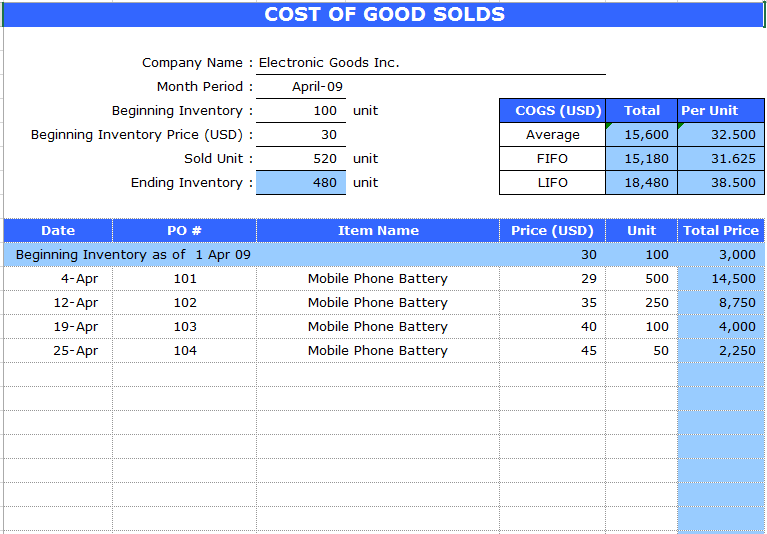Content
Cash flow is the amount of cash and cash equivalents that moves in and out of the business during an accounting period. In this module, you’ll explore the identification of, and accounting for, uncertainty in income taxes using the guidance in ASC 740. Such a significant change in the UK corporation https://kelleysbookkeeping.com/ tax rate will bring deferred tax calculations to the fore this year but it may not be the end of the story. If the post-pandemic recovery boosts UK tax revenues as fast as some commentators predict, there is an outside chance that the new rate of corporation tax will be reduced before we get to 2023.

For tax years that begin on or after January 1, 2009, LLCs must estimate and pay their applicable fee by the 15th day of the 6th month of the current tax year. An LLC that underestimates its fee will be subject to a penalty equal to 10 percent of the amount of the underpayment. However, an LLC can avoid the 10 percent estimated fee underpayment penalty if its estimated fee payment for the current tax year is equal to or greater than the total fee owed by the LLC for its preceding tax year.
Due Dates for First-Year Annual Tax Payment
A common example of tax-deferred liabilities for individuals is a 401(k). You pay no taxes on contributions to the 401(k) until years or decades later when you make a withdrawal. A business anticipates these types of future costs and maintains a reserve of cash to address them. It has been seen that the provisions play a very vital role in accounting. As stated by machining principles, business revenues and expenses should be reported in the particular financial year; otherwise, costs from one year could be misleading if listed in the prior financial years.
If you are having a look at the meaning of provisions, we have noted that the term is different from savings. As the term is different for savings, it is justified that the provisions are different from reserves or reserve funds as well. To get California forms for LLCs, go to ftb.ca.gov/Forms and search for the required form number.
Annual Tax
Deferred income tax expense (benefit) represents the anticipated future tax expense (benefit) from activity in past or current periods. These future expenses (benefits) arise due to temporary differences between book and tax value for certain items. A tax provision is the estimated amount of income tax that a company is legally expected to pay to the IRS for the current year.
The management calculates the most likely or most expected value amount of the tax. This process is the most complicated part of the income tax provision that has to be calculated by the company. It is stated as the most complicated part of the income tax provision as it calculates a cumulative total of the temporary differences and applies the appropriate tax rate to the total amount. This part focuses on the deferred effects of income tax credits expenses and NOL. A deferred tax liability (DTL) or deferred tax asset (DTA) is created when there are temporary differences between book (IFRS, GAAP) tax and actual income tax. There are numerous types of transactions that can create temporary differences between pre-tax book income and taxable income, thus creating deferred tax assets or liabilities.
Overview: Deferred tax asset vs. liability
Working capital management is a financial strategy that involves optimizing the use of working capital to meet day-to-day operating expenses while helping ensure the company invests its resources in productive ways. Effective Understanding Current Tax Liabilities In Balance Sheet working capital management enables the business to fund the cost of operations and pay short-term debt. The balance sheet lists assets by category in order of liquidity, starting with cash and cash equivalents.

Repeat this step with deductible temporary differences and loss carryforwards—then add total tax credit carryforwards—to obtain the deferred tax asset. Moreover, other differences may not reverse until the related asset is disposed of or otherwise impaired for book purposes (e.g., certain non-amortizing book intangible assets, such as a trade name). For example, basis differences may exist between the book carrying value and tax basis in an enterprise’s investments, such as the stock of a corporation.
Leave a Reply